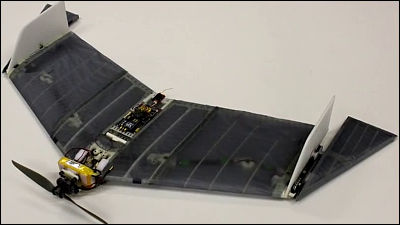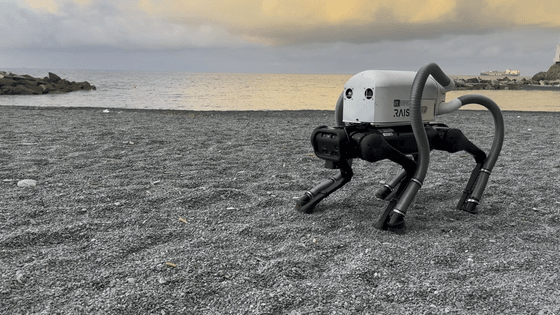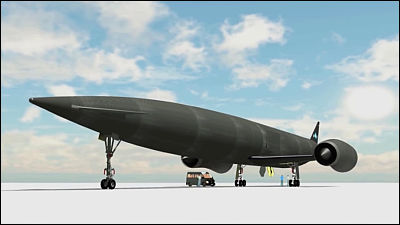'iRonCub3' is a flying humanoid disaster response robot that resembles Iron Man and Astro Boy.

' iRonCub ,' a flying robot being developed by Daniele Pucci and others at the Italian Institute of Technology's Artificial Intelligence and Machine Intelligence Laboratory in Genoa, Italy, is intended for use in disaster response. The Institute of Electrical and Electronics Engineers (IEEE) explains iRonCub.
iRonCub: A Humanoid Robot Designed to Fly Like Iron Man - IEEE Spectrum
You can see the latest version of 'iRonCub3' flying in the sky in the movie below.
iRonCub3: First Liftoff of a Jet-Powered Humanoid Robot - YouTube
iRonCub is a fully mobile humanoid robot equipped with four jet engines, and is the first to achieve takeoff and stable flight after approximately 10 years of development.
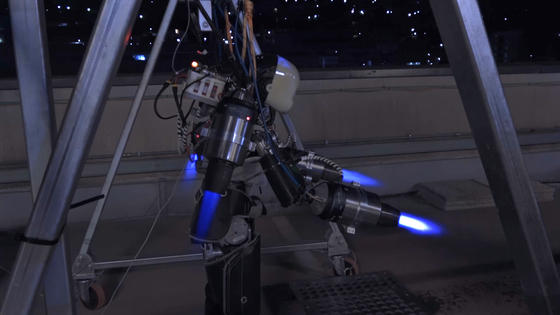
In tests, it was able to maintain a height of 50cm above the ground for several seconds.
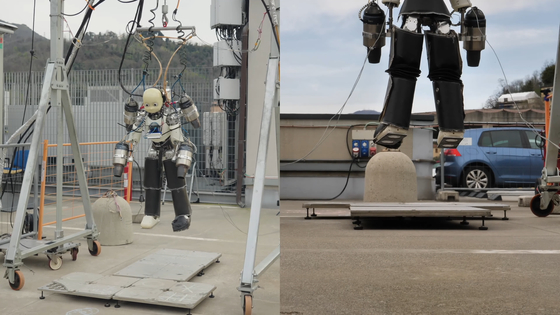
Pucci says his long-term goal is to operate the drone as a disaster response platform that can quickly arrive at the scene of emergencies such as floods and fires without worrying about obstacles, and then efficiently start walking after landing, using its hands and arms to move debris and open doors.
Making a humanoid robot fly is a considerable challenge. The jet turbines mounted on iRonCub's back and arms generate a combined thrust of over 1000N, but because it takes time to increase and decrease the engine speed, the robot must maintain stability by powering the engines in its arms.
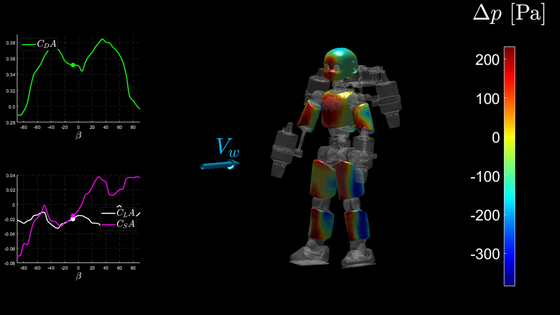
The exhaust from the jet turbine is about 800°C and is ejected at almost supersonic speeds, so to avoid hitting the robot, the way the exhaust is generated must be taken into account.
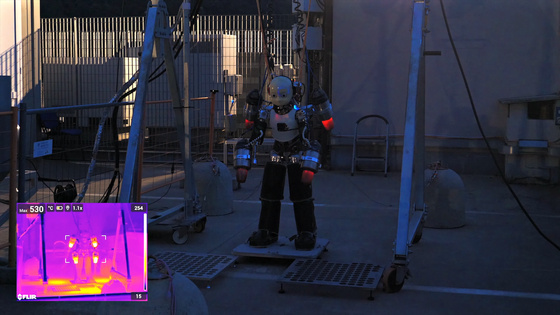
While it will likely take some time to create a 'humanoid robot that can fly freely,' the research so far has applications beyond the iRonCub development. For example, the thrust estimation algorithm for jet engines could be used in the development of VTOL (vertical take-off and landing) aircraft.
In addition, the dynamics control of jet turbines can also be applied to grippers that use air pressure, and the development team is collaborating with industrial companies developing pneumatic grippers.
'At one point, we needed to estimate the force required to control a gripper, and we realized that the dynamics were very similar to a jet turbine, so we could use the same tools,' Pucci said. 'That was a real 'eureka' moment for us. We start out doing crazy things, but then we build the tools and methods, and those tools actually work in industry. That's how you drive innovation.'
And when asked why he continues the iRonCub development project, Pucci said, 'It's really cool.' The iRonCub development project has also attracted attention from students and developers, and it has become a catalyst for attracting talent to Pucci's lab.
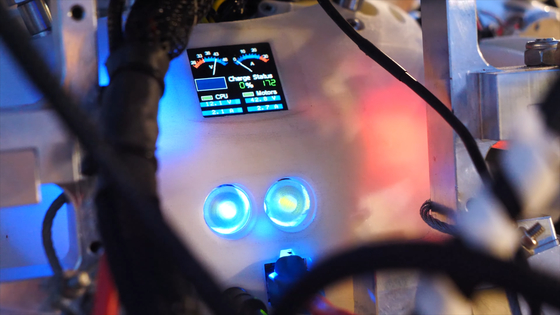
Pucci is considering developing a jetpack with greater flexibility and designing wings for the iRonCub for efficient long-distance flight. However, as the development of the iRonCub progresses, the robot itself will become more complex and the testing will become more difficult, so it is expected that in the future it will be necessary to prepare new test sites and cooperate with airports.
It's no easy feat for iRonCub to achieve its ideals, but Pucci says, 'This is no joke. It's something we believe in. The desire to achieve something special, something historic, something that will be remembered, has been our motivation. And we're just getting started.'
In addition, jetpacks worn by humans rather than robots have already been put to practical use and are actually used in situations where emergency services are heading to places where it is difficult to move.
Jet Suit Medics: Rapid Water Response Ex - YouTube
Related Posts:
